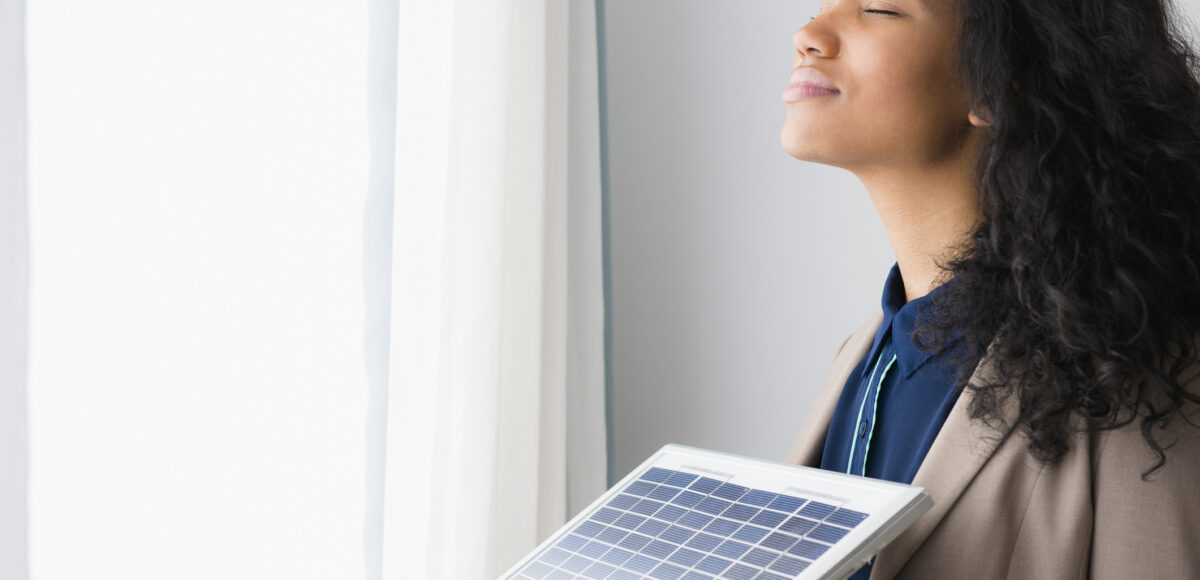
Combatting Seasonal Affective Disorder (SAD)
This post was written by Ashley Grant, M.S.
With the summer ending and autumn quickly approaching, some people may notice a shift or change in their mental well-being. Although this might be minor, for others, this shift may feel intense or overwhelming. According to the Diagnostic Statistical Manual of Mental Disorders (DSM-5), those who experience negative changes in their mood during specific months or seasons suffer from a disorder known as Major Depressive Disorder with seasonal patterns. However, this is more commonly known as Seasonal Depression or Seasonal Affective Disorder.
Signs of Seasonal Affective Disorder (SAD)
There are many signs and symptoms associated with Seasonal Affective Disorder. Those who struggle with SAD may experience some or all of these symptoms, depending on the disorder’s level of severity. Some of these symptoms include:
- Feeling sad, down, worthless, guilty, or listless most of the day, nearly every day
- Loss of interest or pleasure in things that were once enjoyable
- Sleep pattern changes (sleeping too much or too little)
- Food pattern changes (eating more or less than usual)
- Issues or difficulties with concentration
- Thoughts of harming, hurting, or killing oneself
- These symptoms occur in seasonal patterns (e.g., symptoms occur during some seasons but not others)
Seasonal Affective Disorder in Your Day to Day
Seasonal Affective Disorder can look different for everyone, but some signs to look out for include:
- Spending less time with loved ones or friends
- Unexpected or unintended weight gain or loss
- Low energy or exhaustion
- Agitation, irritability, or feeling on edge
- Trouble with remembering, focusing, or getting work done
- Having trouble falling or staying asleep
- Sleeping much more than usual while still not feeling rested
Combatting Seasonal Affective Disorder
Although SAD can be extremely difficult, there are some options for working through or decreasing symptoms of the disorder.
Light Therapy
For those who experience SAD during the Fall and Winter months, the changes in daylight patterns may be debilitating. One method for addressing the darker or gloomier weather is to invest in a Light Therapy Lamp. Also known as “Daylight Lamps,” these special lights mimic the bright sunshine of the summer or spring. With high Lux settings and low UV rays, these small light fixtures can help to regulate Circadian Rhythms, or our body’s internal clock, and stimulate parts of the brain associated with pleasure and joy.
Chronotherapy
Due to the fact that SAD often includes changes or disruptions to sleep patterns, addressing those sleep issues can restore some sense of comfort. Chronotherapy is a form of therapy that aims to restore proper sleep patterns through multiple lifestyle changes. Light therapy, as previously discussed, is often one component of treatment. Other changes include changes in pre-sleep behaviors, systematic changes in sleep and wake times, and the use of medications to control sleep patterns and cycles.
Exercise
Exercise and physical activity are strongly linked with feeling more positive. During the cooler months, exercise may become more difficult, however, taking the time to work out each day is shown to significantly increase mood and decrease the effects of SAD. Even when stuck inside due to poor or cold weather, finding small ways to exercise indoors, such as yoga, pilates, or low-level cardio, can result in an increase in well-being and overall mood.
Antidepressants
For those who have more severe or debilitating SAD, medication may be helpful. Selective Serotonin Reuptake Inhibitors (SSRIs) are the most common choice for treating depression both with and without seasonal patterns. For those who experience SAD, and who have not found other treatments to be effective, consulting with a doctor about potentially starting an antidepressant may be a good choice.
Remember that SAD can vary among individuals, and seeking professional guidance from a doctor or mental health expert is recommended for proper diagnosis and treatment.
